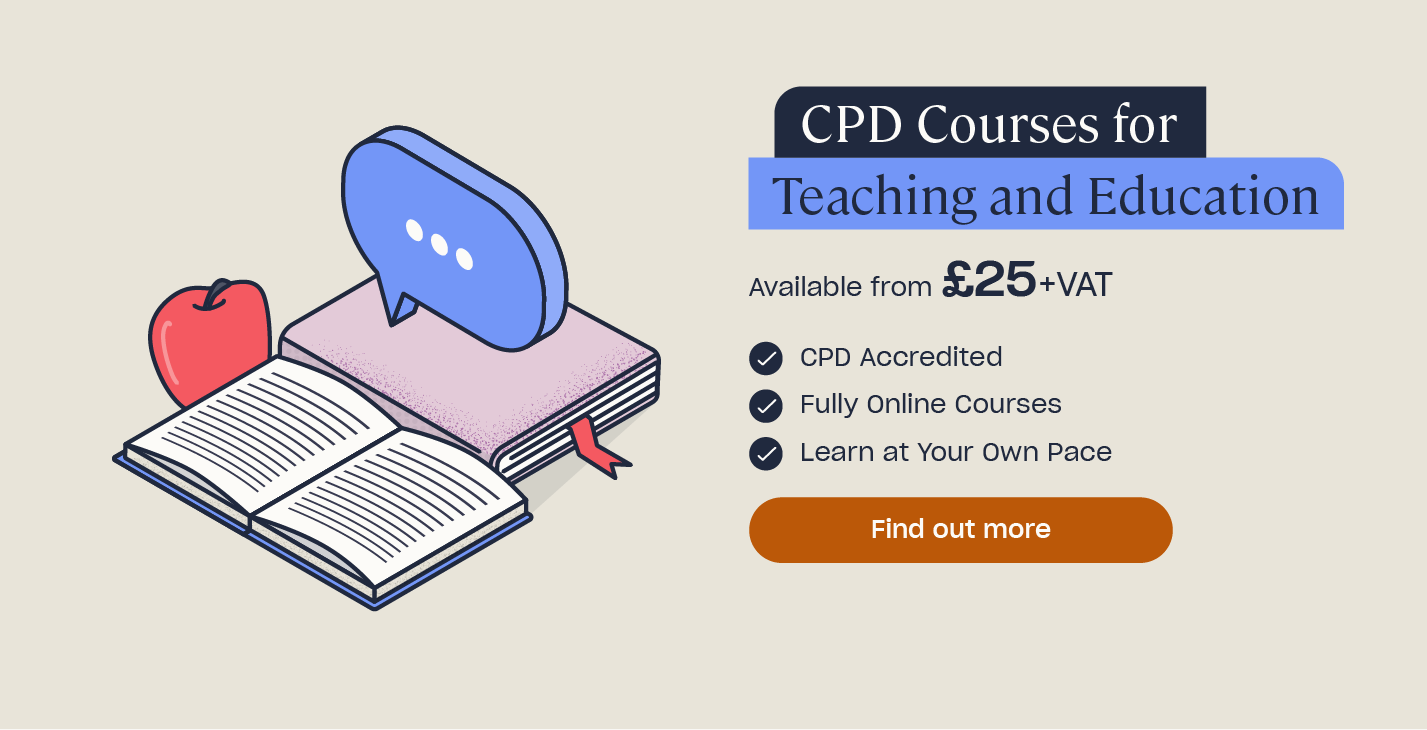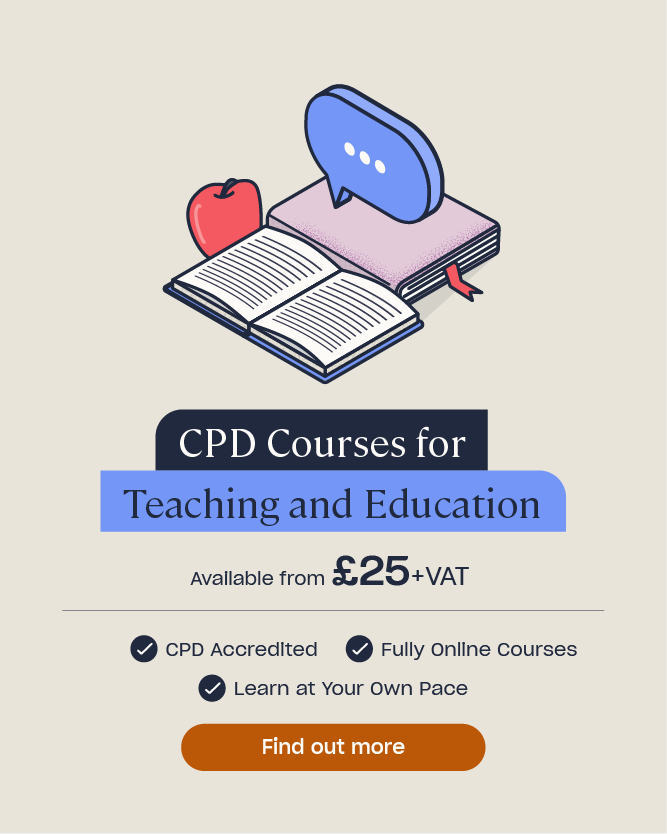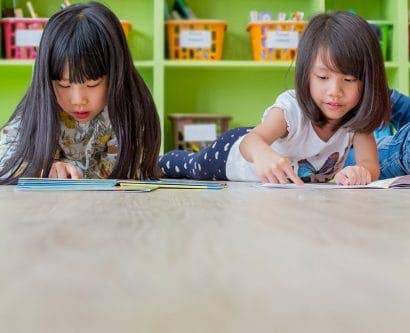What is Visual Literacy?
Visual literacy refers to the ability to successfully interpret and use images. We derive meaning from a great deal of visual input in our daily lives – something that has increased significantly with the rise of digital media and technology. Today, our communications are more peppered with visuals than ever, including emojis, memes, profile pictures, advertising imagery, etc.
Many jobs roles include application of visual literacy skills – from manipulation of imagery in creative media and design arenas to representing data in a financial or scientific context. Being able to effectively interpret visual information is a key skill, impacting many areas of our professional and personal lives. As educators, it is useful to consider how you might encourage and utilise these skills in the classroom.
In this article, we are going to explore what visual literacy is, why it should be encouraged with regards to teaching and learning, and provide some suggestions as to how it can be fostered in the classroom.
What is Visual Literacy?
Visual literacy is the ability to make sense of a whole range of visual information – essentially to be able to ‘read’ visuals, appreciating and being able to interrogate or analyse both literal and inferred meaning. It also refers to effectively using images to communicate meaning. Just as spoken and written language have receptive and expressive elements, so does visual language.
[Visual literacy is] understanding how people perceive objects, interpret what they see, and what they learn from them.
James Elkins, The Concept of Visual Literacy and its Limitations
Visual literacy, and the skills associated with it, can aid learning in all areas of the curriculum. It is an important concept in terms of art and design but it also has wider reaching implications.
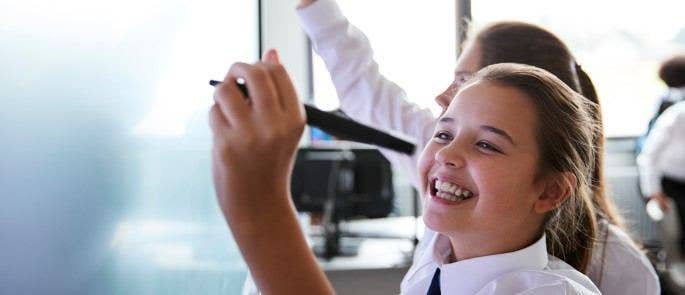
In today’s classrooms, it is likely that you will be engaging with children’s visual literacy as part of your general good teaching practice, in the following broad ways:
Visuals Created for Learners
You are most probably creating visuals for children and young people to interpret, therefore engaging their visual literacy skills, in a range of contexts. This could be in terms of classroom organisation (for example, photo labels for pre-school children showing where to find equipment), visual learning aids (for example, story mountains) or ways of presenting lesson content (for example, slide presentations, illustrations, photographs, sketches, models, charts, film clips, graphs or diagrams).
In some circumstances, we are aware of the need to accompany these visuals with direct teaching in terms of how to interpret them – for example, you would not expect a pupil to be able to successfully interpret a pie chart without previous input.
However, we may take for granted the visual literacy skills that students need to employ in order to fully access some of the visual content we are using. We might plan to use a photograph as the stimulus for a piece of creative writing, for example, without fully considering whether the children have the visual literacy skills necessary to get the most from the activity.
Visuals Created by Learners
Visual literacy will also be demonstrated in how learners effectively create and use visuals to communicate meaning.
For example, it is good practice to offer a range of ways for children to present or record their learning. (This can also be a particularly powerful tool in supporting children who are neurodivergent or have special education needs and/or disability.) This might include creating a presentation, drawing a concept map, recording a video, producing a labelled diagram, etc. These all rely on visual literacy skills – in this case, manipulating those skills to express meaning.
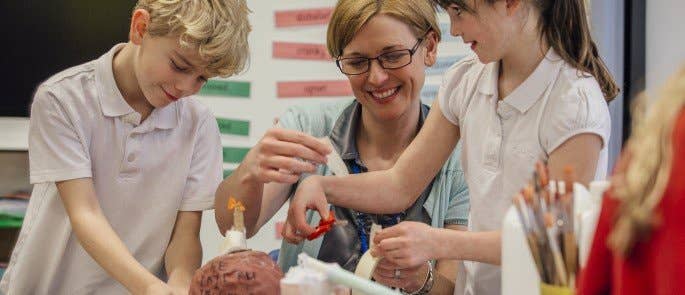
Examples of Visual Literacy Skills
As with reading and writing the written word, a great many skills work together to establish a good level of visual literacy. Just with word-based literacy, a student’s visual literacy skills will develop and deepen over time, given valuable and relevant opportunities to learn and apply them.
Encouraging visual literacy in the early years and building on this throughout the key stages will help to develop visually literate adults.
Based on the description of a visually literate adult by The Association of College & Research Libraries (ACRL), visual literacy skills include the ability to:
- Interpret images.
- Analyse the meaning of images.
- Evaluate images and their sources.
- Use images and visual media effectively.
- Design and create meaningful images and visual media.
- Understand the wider context surrounding the creation and use of images and visual media – including ethical, legal, social and economic issues.
Depending on the age group and subject(s) that you teach, you may embed these skills into your teaching practice and lesson planning in different ways and to different degrees.
Why Should I Encourage Visual Literacy in the Classroom?
There are many reasons why it is beneficial to consciously encourage visual literacy in the classroom. These include:
To develop a life skill
We live in an image-rich world. From being able to follow instructions to construct flat pack furniture to recognising that images on social media are carefully curated to choosing an emoji to accompany a message, visual literacy skills will not only be beneficial in an educational context, but also in adult life.
Being visually literate contributes towards having good communication skills. A 2020 LinkedIn survey found that communication is the most in-demand skill for today’s job market.
To unlock other learning
Visual literacy is not only a skill to learn in itself but it is also a means of acquiring other learning. The government’s Reading Framework points out that English is not only a subject in its own right but a means of delivering the curriculum. Likewise, visual elements accompany the written aspects of the curriculum and being visually literate means that children can draw meaning from visuals to aid their learning in other areas.
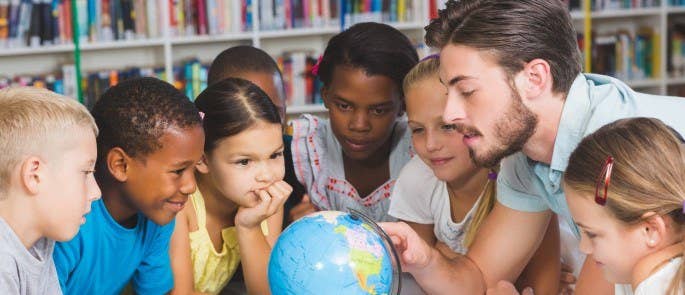
This includes, for example:
- Gathering information from charts, graphs and diagrams in maths or science.
- Interrogating visual source material, such as photographs or posters in history.
- Reading and constructing maps in geography.
- Analysing creative visuals in art, drama or design.
Taking the time to explicitly develop visual literacy skills will mean that visual elements of planned learning across the curriculum will have more meaning and impact for the learner.
To support verbal language development
Using accompanying visuals – images, signs or gestures – can support speech and language development in young children as well as provide support for those whose first language is not English.
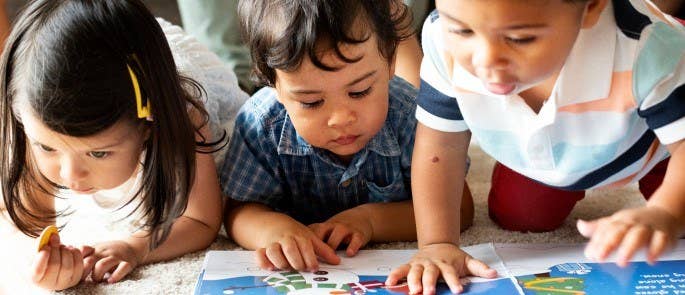
To support wider literacy skills
Visual literacy can be used to help teach and reinforce reading comprehension. Using visual texts (including films, adverts, picture books, etc), or the visual elements of written texts, as a focus for comprehension activities can be both engaging and impactful.
Similarly, encouraging visual literacy can have an impact on writing, as it can be used to stimulate and strengthen a student’s imagination. Using visual material (including photographs, illustrations and film clips) as a stimulus for writing can produce excellent results. However, you should apply an adaptive approach to assess your learners’ current visual literacy skills when planning the activity, and build in opportunities to model the activity.
To encourage critical thinking
Visual literacy can strengthen critical thinking skills (Thompson, 2019). As well as being a desirable academic skill, critical thinking also has a large role to play in safeguarding, particularly in terms of online risk. For example, children should be taught to think critically about the imagery they encounter and interact with online.
To support children with special educational needs and/or disabilities
Many intervention or support strategies for children with SEND include visual elements – such as visual timetables, feelings boards and image-based Speech and Language interventions.
Building in more opportunities to utilise visual literacy can form part of the reasonable adjustments that you should make to support children’s individual needs. For example, children who are neurodivergent may find visual information more accessible than resources that are text-heavy.
Want to learn more about SEND?
Our SEND in the Classroom Course will teach you what you need to know to ensure you are fulfilling your legal responsibilities and following the Graduated Approach to SEND. You can also find further dedicated training courses, from Autism Awareness in Education to ADHD Training.
Teaching Visual Literacy
Your strategies for teaching visual literacy will vary depending on your cohort. The following provides some ideas that might be helpful. These techniques can be applied to any visual input (including those presented alongside written text) and can be carried out as a stand alone task to improve visual literacy or as part of wider lesson objectives.
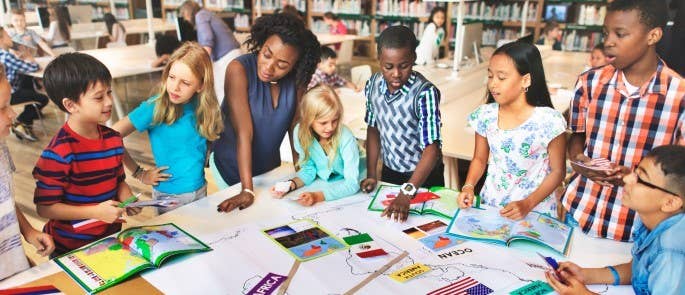
Selecting visual input
The visuals that you use could be moving or still images. Think about incorporating some of the following:
- Short animations – Pixar shorts such as ‘For the Birds’ or ‘Bao’ are rich visual resources around which you can base whole literacy topics.
- TV adverts – these allow you to look at how images are used to persuade or carry a message.
- Print advertising.
- Posters – this can include movie posters, historical propaganda posters and public health posters.
- Artwork – works of art can provide excellent stimulus.
- Stills from films – take a ‘snapshot’ from a film to explore.
- Stills from computer games.
- Photographs – historical photographs can be particularly interesting to analyse.
- Picture books – these should not just be considered as suitable for only younger children. There are many excellent picture books that you can use when teaching older students – for example ‘Window’ by Jeannette Baker, ‘The Lost Thing’ by Shaun Tan or ‘Voices in the Park’ by Anthony Browne, to name a few.
- Graphic Novels.
- Memes or gifs.
A wealth of visual literacy resources can be found on The Literacy Shed website.
The more variety you incorporate, the more opportunities you will have to develop, and build on, those visual literacy skills.
Receptive Activities
When exploring any of these visuals, you will want to scaffold the activity through questioning. Simply presenting children with rich imagery and asking them to describe it is not going to yield the best results.
Depending on the activity and your desired outcome, you might want to ask questions along the lines of:
Literal exploration
- Who or what can you see?
- How would you describe the way the character/setting looks?
- What happened in this section of the film/animation?
- What did X do?
- What is this advertising?
Inference
- What do you think the character is feeling? What clues can you find to this in the picture/film?
- What do you think might have happened just before this?
- What do you think might happen in the next shot?
- What message do you think the filmmaker/author/artist is trying to convey?
Evaluation
- How does this make you feel?
- What do you think the artist/author/filmmaker wants you to feel, and why?
- Do you think this is a good choice of image/illustration?
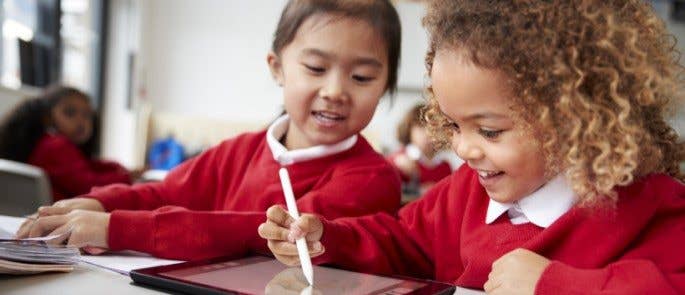
Expressive Activities
There are many ways you could provide your students with opportunities to apply visual literacy skills when generating their own work. These might include
- Creative writing based on the particular visual input. This could include a re-telling of a story, writing a story inspired by the image, a diary entry of the character pictured, a setting or character description, writing the next episode or an alternative ending.
- Creating their own concept maps or knowledge organiser of current topics across the curriculum.
- Creating visuals from written stimuli. For example, reading a character description and sketching the character.
- Creating a multimedia presentation in any subject for a relevant topic.
Visual literacy is embedded into much of good teaching and learning practice, just as it is within our everyday lives. By consciously considering how you are using visual literacy and how you might enhance the visual literacy skills of the children and young people you work with, you can optimise the value of those learning experiences.
Further Resources:
- Supporting Speech and Language in Early Years
- How to Promote a Reading Culture in Schools
- Why is Reading Important for Children?
- Promoting Social Development in Children Through Structured Group Play
- Creative Writing Quiz
- Marking Symbols: A Guide for Primary School Teachers
- The Importance of Financial Literacy in Schools


